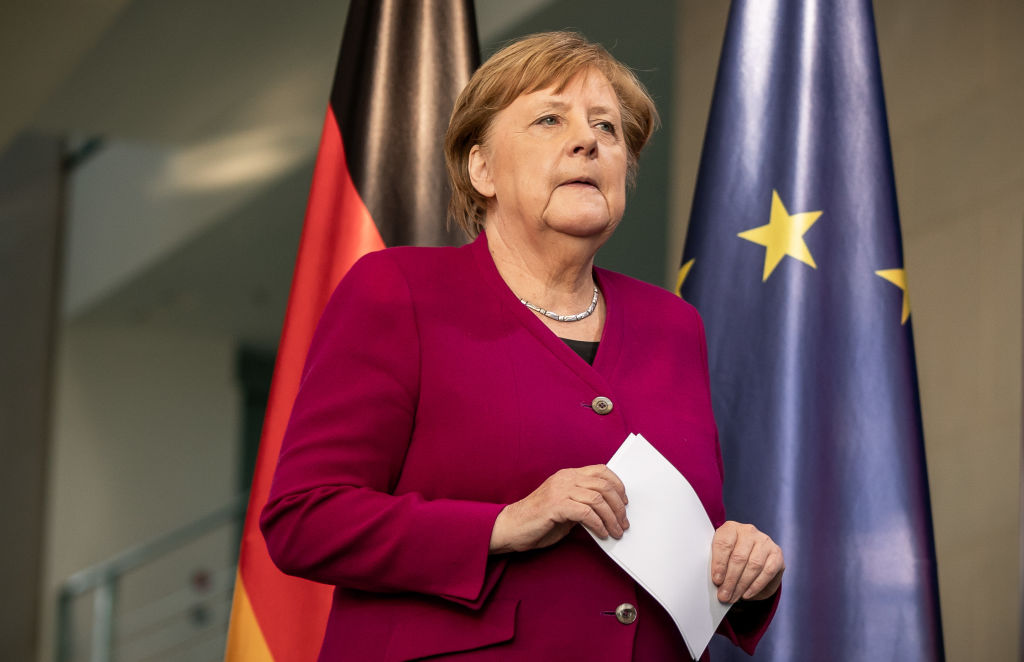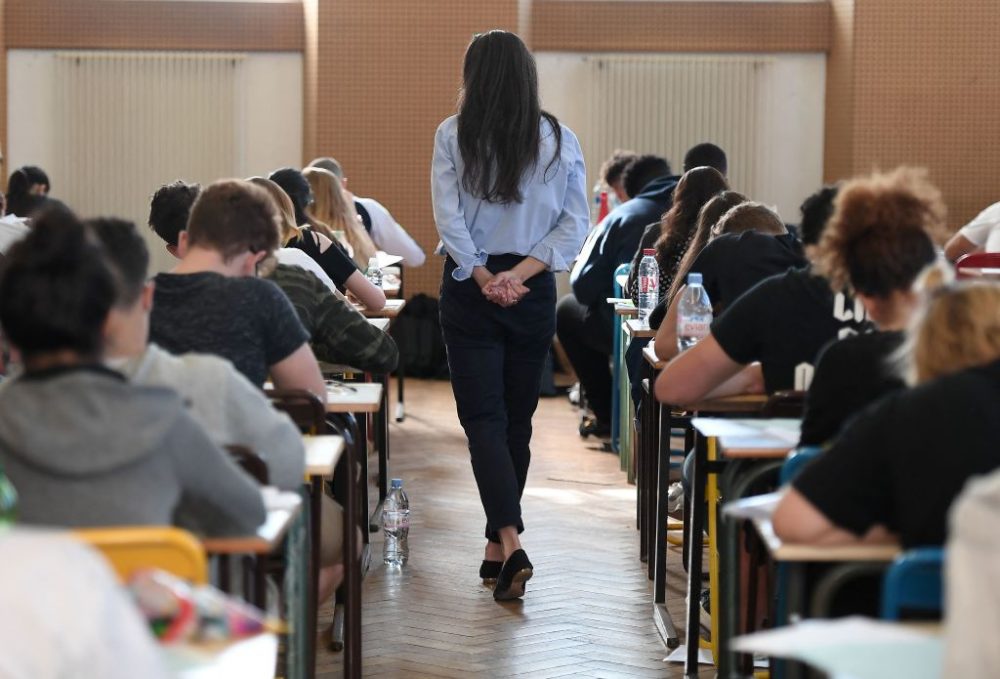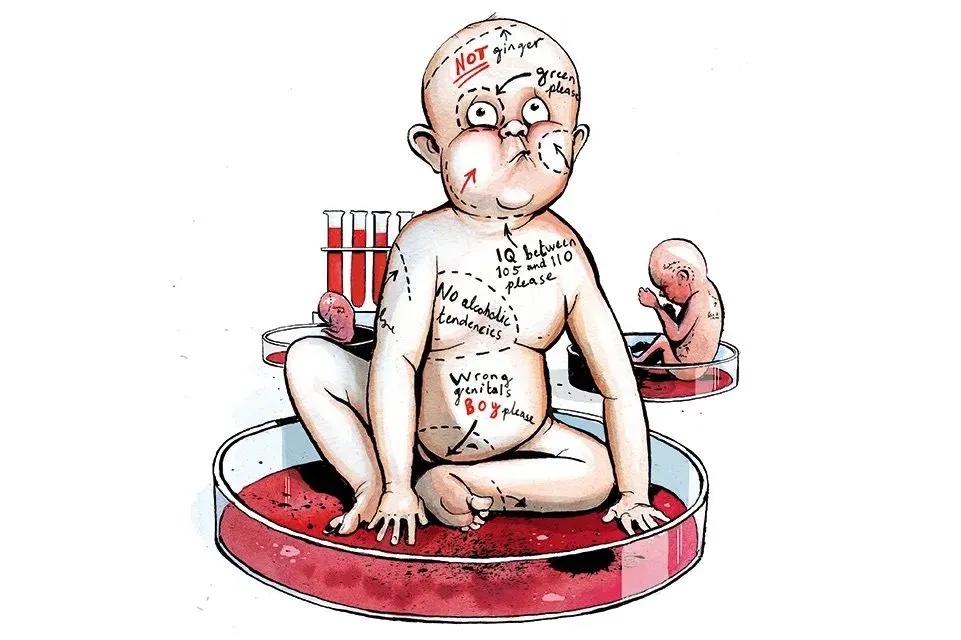Germany has led the way in its approach to combating the coronavirus pandemic. The country’s intense program of consistent testing from early on has resulted in far fewer deaths than the worst-affected countries. It was only logical then that Angela Merkel’s cabinet and Germany’s 16 state governments would ease the lockdown sooner than others. But that decision could now backfire.
Shortly before schools and retailers were allowed to re-open, the country’s basic reproduction rate, indicating how many new cases one infected person generates on average, was at 0.7 following a steady decrease in the weeks of confinement. Now the number has rebounded to 0.9 or 1.0. If the value goes above 1.0, which is the dividing line between growth and decline, it will result in an exponential increase in infections again.
Many Germans seemed to accept the confinement rules for the first three weeks after the lockdown started on March 23. But as time went by a certain portion was not able to keep up the discipline of physical distancing. Now, with the restrictions partly lifted anyway, the streets are crowded again; many are not bothering to stay six feet apart from one another.
But it would be unfair to direct criticism only towards the population. As well as Merkel’s government handled the coronavirus outbreak early on, the way to a relaxation of the lockdown has been a bumpy one in parts because of mistakes made by those in charge. Rules regarding face masks have changed multiple times and do not appear to be stringent. The COVID-19 tracing app, which the federal health ministry has pushed as a key to returning to normal life, has not been released due to concerns about data gathering and possible data protection violations. It will take another couple of weeks before the app might be available.
Meanwhile, Merkel is bound to plead with Germans to continue obeying to the social distancing measures, as government officials in Berlin are afraid that the number of coronavirus cases could multiply again if people are not disciplined enough. If the reproduction rate reaches critical levels, it will leave the federal and 16 state governments in an incredibly difficult situation.
When they agreed on the introduction of lockdown measures in mid-March they were sure of the support of large parts of the population. But retightening the lockdown has been considered an almost impossible task, not so much from a legislative standpoint, but in terms of widespread acceptance. Lockdown measures have always relied on people obeying to them more or less voluntarily. Is that support still there?
Berlin now feels the pressure from the economy that has lobbied for a quick end of the shutdown, but also fears that five weeks of confinement were for nothing if the numbers go up again. Lothar Wieler, the head of the Robert Koch Institute (RKI), appealed to the public to ‘preserve our success’ of having prevented the healthcare system from being overwhelmed by continuing to apply social distancing even though federal authorities have already begun to relax restrictions.
His agency, which is in charge of disease control and responsible for measuring the basic reproduction rate, has come under scrutiny as experts and politicians alike started questioning its methods. Some claim that the number the RKI releases is more political than scientific, arguing the agency could rationalize certain governmental policies by adjusting calculations. Yet it seems highly unlikely the RKI would risk its reputation in such a way.
***
Get three months’ free access to The Spectator USA website —
then just $3.99/month. Subscribe here
***
Instead, the truth is probably simpler and more troubling: there is no undisputed statistical analysis available. The reproduction rate is just an estimate. Theoretically, it is calculated by dividing the number of new infections by a weighted number of infectious individuals. In practice, perfectly accurate numbers on both of these counts are impossible to determine. Available data on new infections is also compiled with a lag of a few days. The RKI attempts to take into account the lag by ignoring data from the last three days. That means the reproduction rate for the time after the relaxation of social distancing measures came into effect has not even been released yet.
Such uncertainty leaves the door open to speculation and debate. German politicians and society as a whole are increasingly divided over the tempo at which measures should be eased. Merkel’s cabinet will discuss the next steps at a video conference today, before the federal government and the 16 state governments meet tomorrow. How Germany deals with increasing infection cases could give other European countries an indication for how they should manage their lockdown measures in the upcoming weeks. But the early signs, at least for those hoping for a quick return to normal life, don’t look good if Germany’s experience of easing its lockdown is anything to go on.
This article was originally published onThe Spectator’s UK website.

























